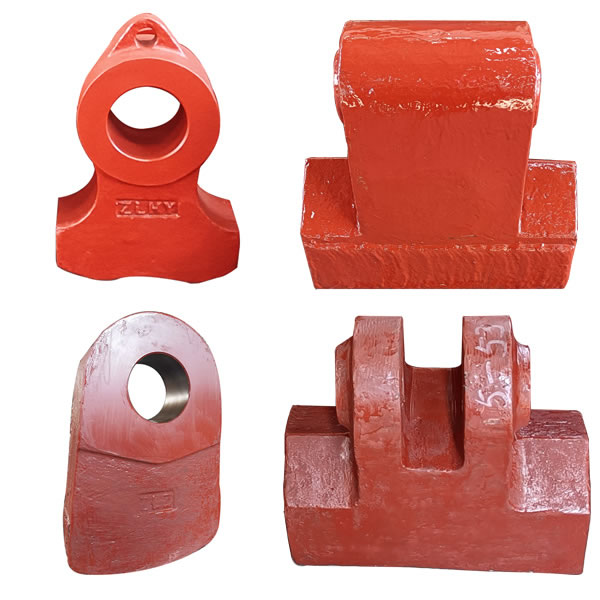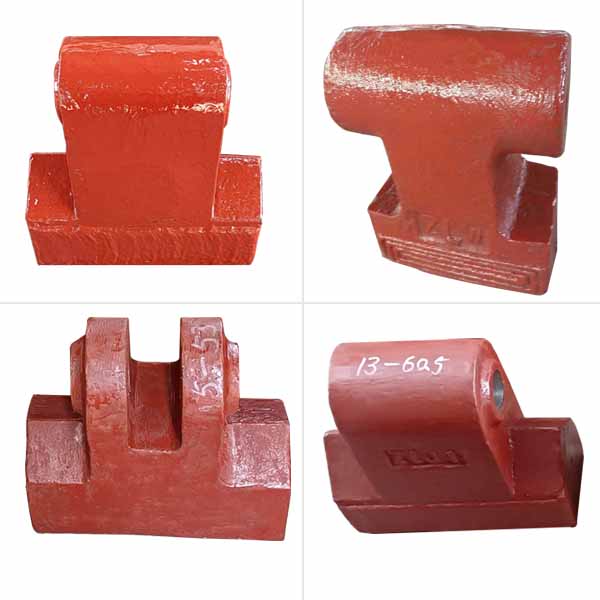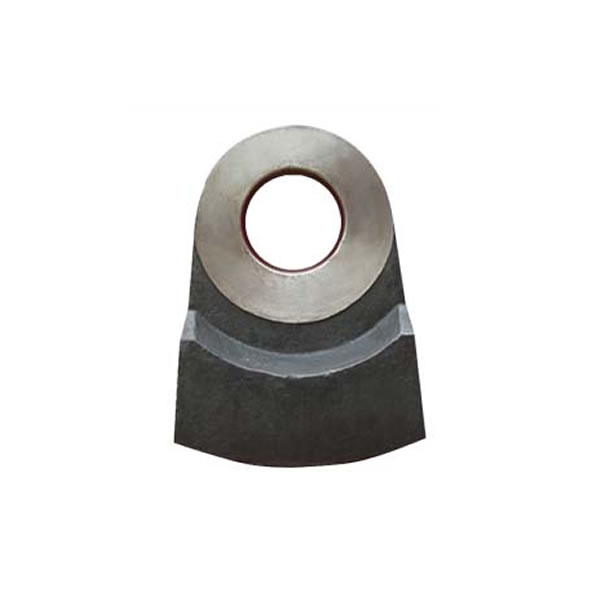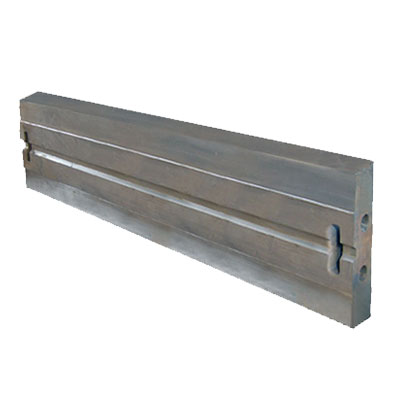How to choose ball mill grinding media?
During the use of ball mill, the selection of grinding media is crucial. Grinding media is affected by many factors such as material, loading, shape, particle size, etc. In the process of grinding, different grinding media are used for different materials, models, and equipment to reduce production costs and improve production efficiency.
Medium density, hardness, size
The greater the density of the grinding media, the shorter the grinding time. In order to increase the grinding effect, the hardness of the grinding media must be greater than the hardness of the material being ground. The Mohs hardness of the medium is preferably 3 levels greater than the hardness of the material being ground, and the effect is more obvious. In addition, the smaller the size of the grinding media, the more contact points there are with the media, and the more opportunities there are to grind the material.
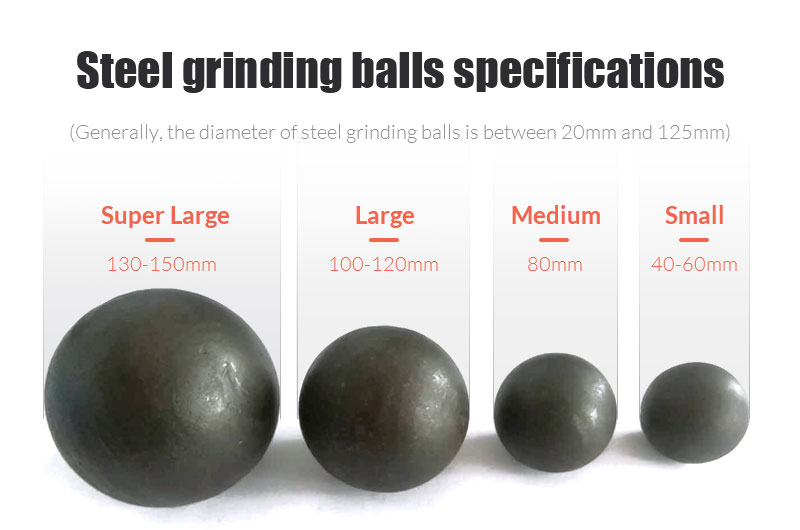
Medium filling amount
The filling amount has a direct impact on the grinding efficiency, and the particle size of the grinding media determines the filling amount of the grinding media. It must be ensured that the void ratio of the grinding media is not less than 40% when the grinding media moves in the disperser. For different fineness requirements, it is necessary to adjust the grinding and grinding capacity distribution of the grinding media. The higher the filling rate, the stronger the grinding capacity, and vice versa, the stronger the crushing capacity. When ultra-fine grinding, a high filling rate is generally used.
Material
The grinding material determines the cost and efficiency of the crushing. Grinding materials can be mainly divided into three categories: metal media, rock and mineral materials, and non-metallic materials. In addition to considering the production cost, the selection should also consider whether the material and the medium will cause pollution.
Commonly used grinding media include steel balls, aluminum oxide balls, tungsten carbide balls, zirconium oxide balls, etc. Steel balls have high density and high efficiency in grinding materials. It is suitable for wet and dry grinding processes. Ceramic balls are commonly used in ball mills for grinding ceramic raw materials, pigments, and feldspar for pottery. Ceramic balls are made of high-quality ceramics and have excellent wear resistance. Ceramic balls are suitable for wet and dry grinding. Tungsten carbide balls are commonly used in high-energy ball mills. Tungsten carbide balls are extremely hard and can withstand large impact forces. Tungsten carbide balls are ideal for grinding hard and brittle materials such as metals, alloys, ceramics, and minerals. Zirconia balls are another grinding medium used in ball mills. They are made of zirconium oxide and have high density and wear resistance. Zirconia balls are suitable for materials that require high purity and pollution-free grinding.
Grinding media are generally spherical, because other irregularly shaped media will wear themselves and cause unnecessary pollution.
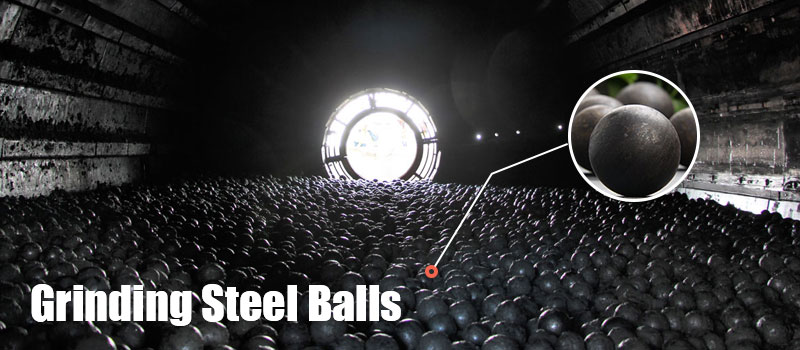
Shape and size
The size of the media directly affects the grinding efficiency and product fineness. The larger the diameter, the larger the product particle size and the higher the output; conversely, the smaller the medium particle size, the smaller the product particle size and the lower the output. In actual production, it is generally determined according to the feed particle size and product fineness.
Media ratio
In the continuous grinding process, the size of the grinding media is distributed in a certain pattern, and the media size ratio is directly related to the grinding capacity and energy consumption. In the process, the fixed media ratio will not be maintained all the time. In production, the method of supplementing large balls is often used to restore the grinding of the system. It is difficult for the mill to maintain a fixed media ratio for a long time. When the difference in media diameter is too large, it will aggravate the ineffective grinding between media and increase costs.
Wear resistance and chemical stability
The wear resistance and chemical stability of the grinding media are important conditions for measuring the quality of the grinding media. Non-wear-resistant media need to be continuously supplemented due to wear, which will not only increase costs but also affect production. The grinding media needs to have a certain chemical stability in a specific grinding process, and cannot react chemically with the material during grinding to pollute the material.
Enterprises should choose appropriate grinding media according to their working conditions and machines. Zhili New materials and can produce various grinding media balls. Enterprises in need only provide their needs, and we will provide you with suitable grinding media to increase production capacity.

